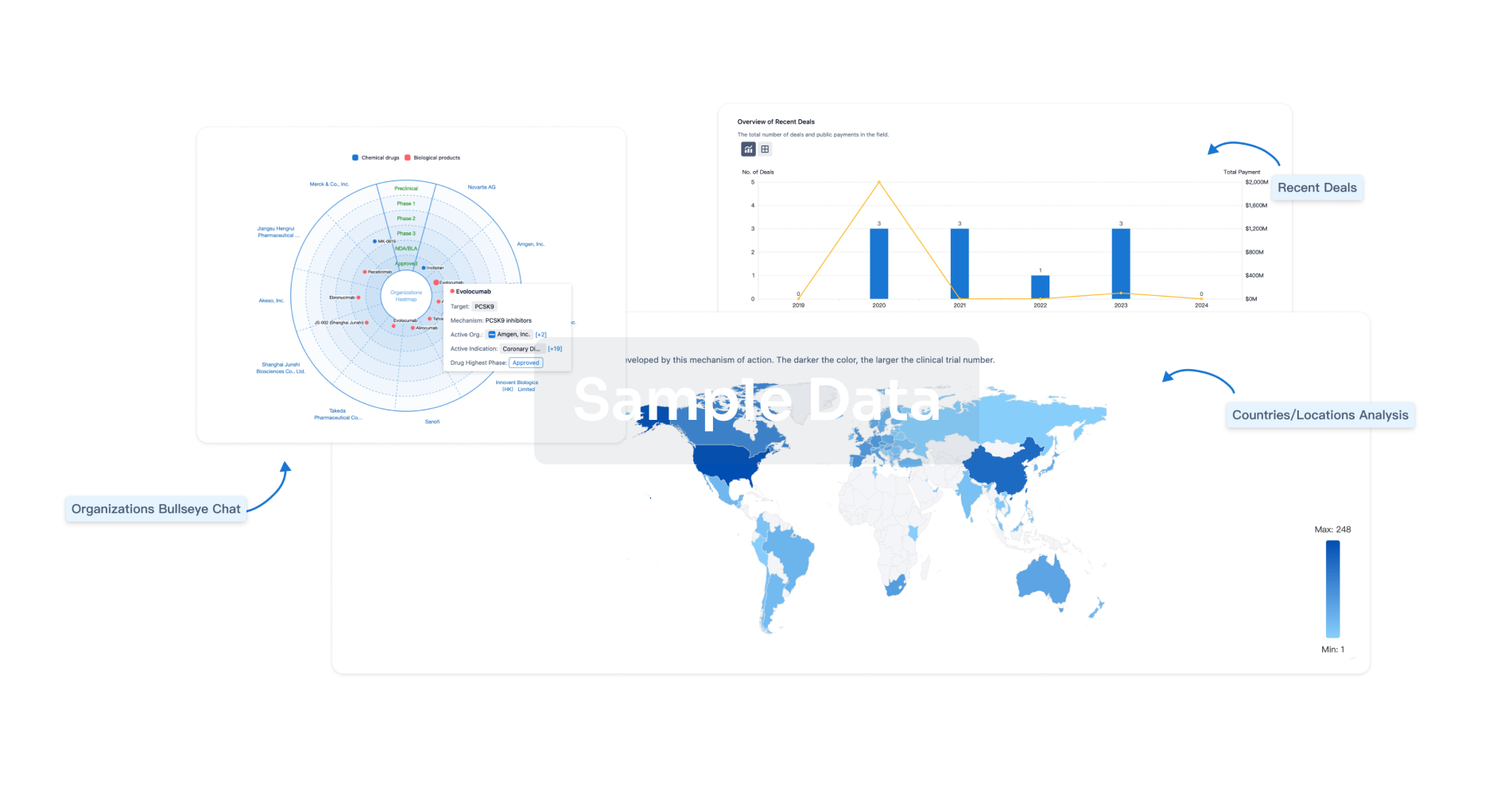Request Demo
Last update 08 May 2025
ARHGEF39
Last update 08 May 2025
Basic Info
Synonyms ARHGEF39, C9orf100, FLJ14642 + [1] |
Introduction Promotes cell proliferation. |
Related
100 Clinical Results associated with ARHGEF39
Login to view more data
100 Translational Medicine associated with ARHGEF39
Login to view more data
0 Patents (Medical) associated with ARHGEF39
Login to view more data
16
Literatures (Medical) associated with ARHGEF3901 Oct 2024·Clinics and Research in Hepatology and Gastroenterology
ARHGEF39 targeted by E2F1 fosters hepatocellular carcinoma metastasis by mediating fatty acid metabolism
Article
Author: Zeng, Jianxing ; Huang, Yao ; Zeng, Jinhua ; Song, Xianglin ; Liu, Teng ; Xu, Qingyi
01 May 2023·Journal of Allergy and Clinical Immunology
Genome-wide admixture and association analysis identifies African ancestry–specific risk loci of eosinophilic esophagitis in African Americans
Article
Author: Leung, John ; Mersha, Tesfaye B. ; Rothenberg, Marc E. ; Falk, Gary ; Furuta, Glenn ; Peterson, Kathryn ; Davis, Carla ; Chehade, Mirna ; Khoury, Paneez ; Kottyan, Leah ; Gautam, Yadu ; Aceves, Seema ; Caldwell, Julie ; Menard-Katcher, Paul ; Spergel, Jonathan ; Wechsler, Joshua ; Gonsalves, Nirmala Prabu ; Hirano, Ikuo ; Dellon, Evan S. ; Gupta, Sandeep K.
01 Dec 2021·Breast Cancer ResearchQ1 · MEDICINE
NRG1 fusions in breast cancer
Q1 · MEDICINE
ArticleOA
Author: Cooke, Susanna L ; Turro, Ernest ; Boursnell, Chris ; Mirza, Tashfina ; Edwards, Paul A W ; Howarth, Karen D ; Abraham, Jean E ; Pole, Jessica C ; Caldas, Carlos ; Garcia, Raquel Manzano ; Chin, Suet-Feung ; Rueda, Oscar M ; Eldridge, Matthew D
Analysis
Perform a panoramic analysis of this field.
login
or

AI Agents Built for Biopharma Breakthroughs
Accelerate discovery. Empower decisions. Transform outcomes.
Get started for free today!
Accelerate Strategic R&D decision making with Synapse, PatSnap’s AI-powered Connected Innovation Intelligence Platform Built for Life Sciences Professionals.
Start your data trial now!
Synapse data is also accessible to external entities via APIs or data packages. Empower better decisions with the latest in pharmaceutical intelligence.
Bio
Bio Sequences Search & Analysis
Sign up for free
Chemical
Chemical Structures Search & Analysis
Sign up for free